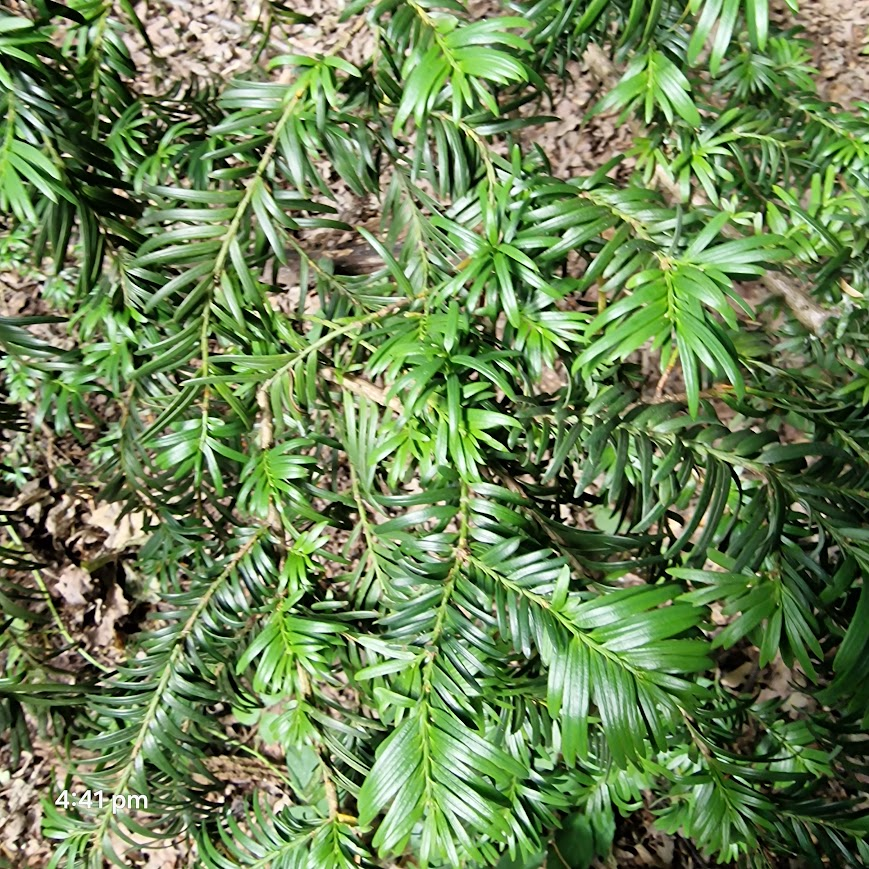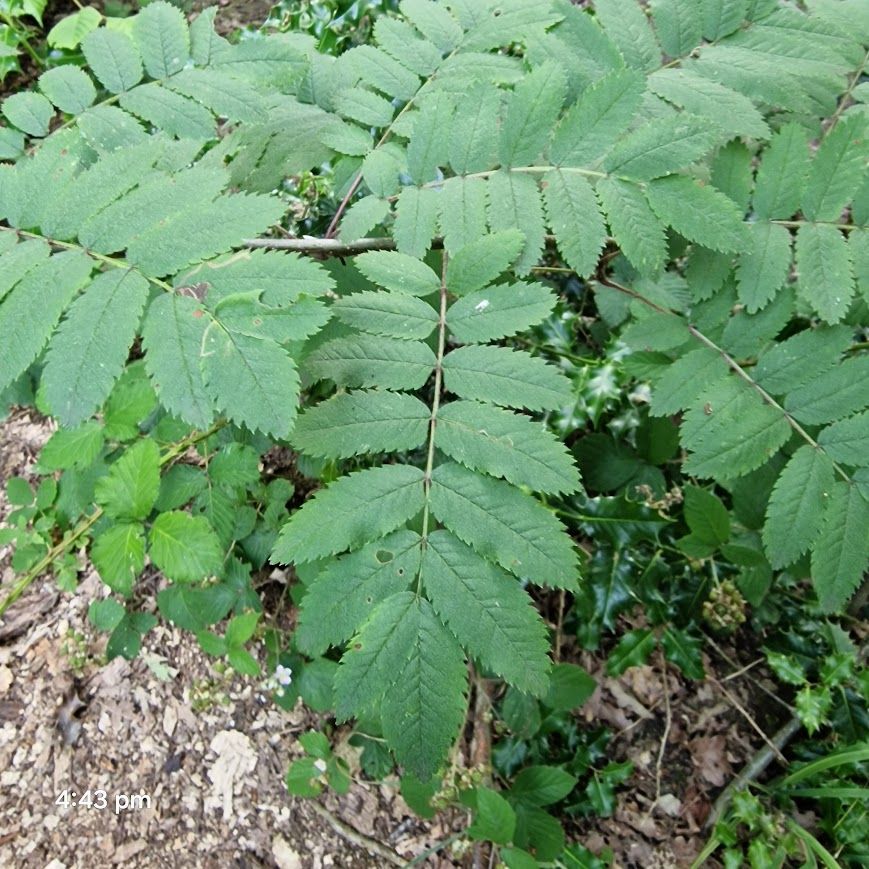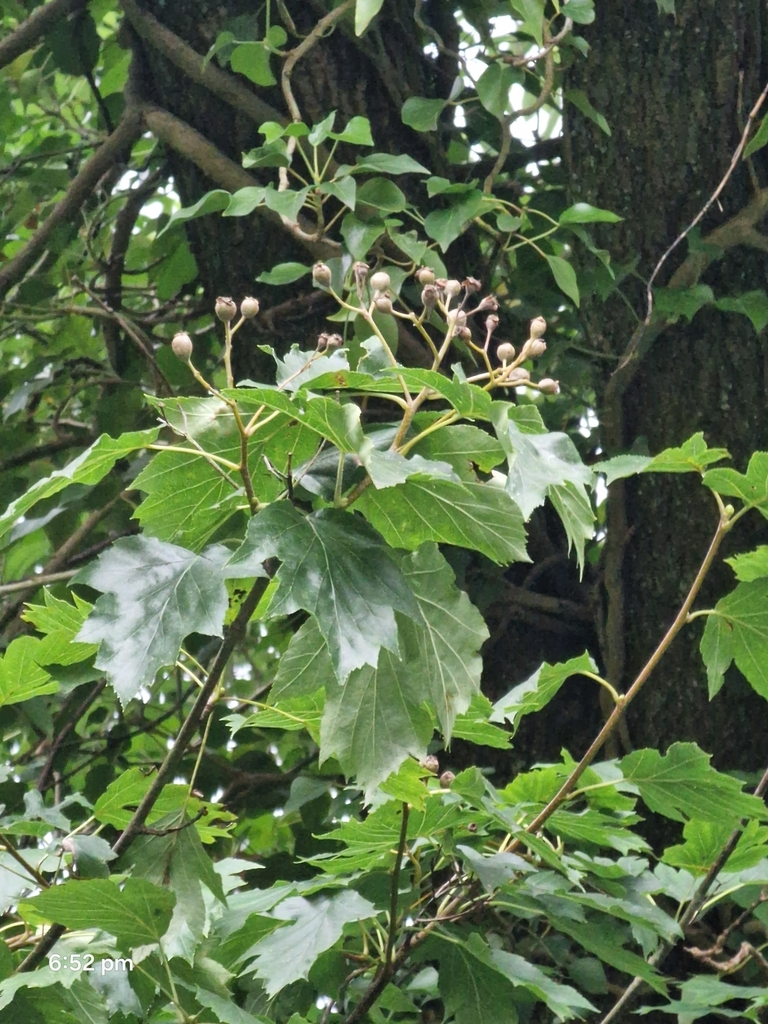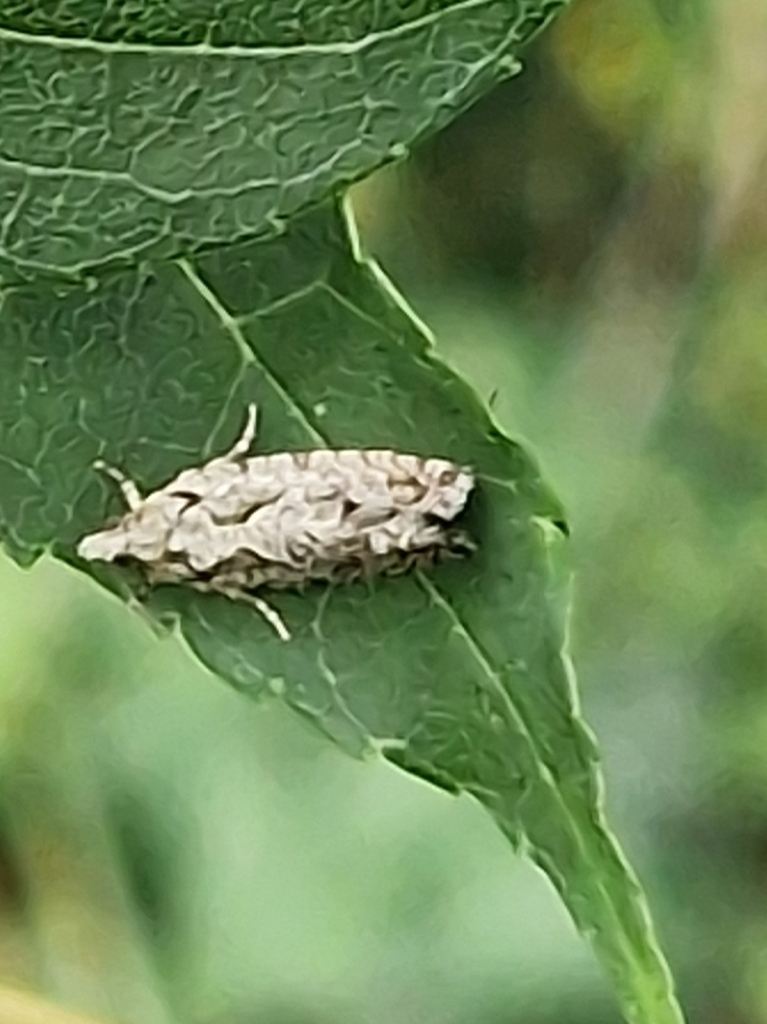Oxleas Woods; ancient woodland in London. Shooters Hill. Royal Borough of Greenwich. 12.07.24
- Sim Elliott

- Aug 15, 2024
- 6 min read
A site of special scientific interest (SSSI), the ancient Oxleas woods covers 77 hectares and is at least 8,000 years old. Oxleas Woods, Castle Wood and Jack Wood | Royal Borough of Greenwich (royalgreenwich.gov.uk)
I reached Oxleas woods by train. I took a Thameslink train from Brighton to London Bridge (65 minute journey time, four trains and hour) and there changed for a train to Falconwood (30 minute journey time, five trains an hour.)
I first walked through Sheperdsleas Wood Local Nature Reserve Eltham Park North and Shepherdleas Woods | Royal Borough of Greenwich (royalgreenwich.gov.uk) on the Capital Ring footpath Capital Ring Walk - Transport for London (tfl.gov.uk)
I then walked on the Capital Ring path through Oxleas Wood to Shooters Hill; taking many deviations from the path to explore the woods.
Oxleas wood is quite amazing; there are Chequers-beer-making berries of Wild Service Trees; bane-of-witches berries of Rowan & toxic berries of Butcher's' Broom. Oxleas Woods SSSI at Shooters Hill and Sheperdeleas Wood Nature Reserve are relict areas of the ancient deciduous 14th century forest of the Royal manor of Eltham. London Boroughs of Greenwich
These woods have a superb range of ancient trees with rich ground flora: ancient coppiced Sweet Chestnut and Hornbeam, ancient Pedunculate Oak and Sessile Oak standards; Hazel coppice; Holly and Yew; Elder and Alder; Field Maple; alive and dying Ash (Near Threatened on Red List). There is lots of Wood Sedge, Wood Dock; Enchanters Nightshade, and Honey Suckle. I saw the gone-over remains of ancient woodland indicators: Bluebells, Wood Anemone, Wood Sorrel and Wood Avens. There is an area of wet woodland with Pendulous and Grey sedges.
All italicized sections of text are quotations, with sources cited.
As an amateur naturalist, my identifications are provisional. Should you notice any errors, please feel free to inform me. For contact regarding any aspect of this blog, please email me at simeon[underscore]elliott[at]gmail[dot]com.
Please note, this post is not a systematic survey of the flora of this location; it is merely a collection of observations I made.
Parts of Oxleas Woodlands may date back thousands of years to the ancient forest that stretched all across lowland Britain. The woodlands survived initially because the hillsides were less suitable for settlement or agriculture. The names Oxleas and Shepherdleas probably date back to the Anglo-Saxon period as ‘leah’ was the Old English word for either woodland or a clearing within the woods.
Oxleas Woodlands were part of the royal estate of Eltham from at least the early 14th until the 20th century – hence the name Crown Woods. Because woodland was valuable both for timber and underwood, parcels of the land were leased out. From 1679 Oxleas Woodlands were leased out to Sir John Shaw and his family.
The woods were coppiced to produce wood for a wide range of uses (tool handles, furniture, fencing etc) and mature trees were grown for more structural timber ( e.g. for buildings and ship construction). By 1811 between 64-85% of trees in the woods had been felled for timber.
Thick woodland crowded along either side of the old Dover road (Watling Street) that crosses the summit, and by the 18th century this had become a favoured haunt of highwaymen. Newspapers from between 1740-1800 frequently carried reports of armed robberies on Shooters Hill. Many of the perpetrators met a grisly end on gallows erected along the Dover Road on either side of the hill. Eventually part of the woodland beside the road was cleared to prevent highwaymen and footpads hiding there. The steepness of the hill itself also caused frequent difficulty for horse-drawn coaches, and in 1817 labourers were employed to dig soil from the south side of the hill to level out the road as it climbed the hill About Oxleas Woodlands | FOW
Natural England map of the SSSI Magic Map Application (defra.gov.uk)
The citation. Reasons for Notification: Oxleas, Jack and Shepherdleas Woods are one of the most extensive areas of long established woodland on the London Clay in Greater London. The woodland has a rich mixture of tree and shrub species within which several woodland types can be recognised. The woods contain a number of species with a restricted distribution in Greater London.
Most of the woodland lies on a south-east facing slope of the London Clay. In parts the former coppice system of management is evident, and this traditional management has been reinstated recently. The majority of the woodland comprises stands of hazel-sessile oak, hazel-pedunculate oak, and birch-pedunculate oak woodland. These stands tend to lie on the more acid base-poor soils and carry a ground flora of predominantly bramble and bracken, with wood sage Teucrium scorodonia. Pedunculate oak-hazel-ash and pedunculate oak-hornbeam woodland over bramble occurs mainly on the heavier richer soils, often on the lower slopes. In places the drainage is impeded and there is a small stand of alder. Plants characteristic of these wetter conditions include angelica Angelica sylvestris, broad buckler fern Dryopteris dilatata and pendulous sedge Carex pendula.
In parts there is a well developed woodland structure with a variety of trees and in particular, shrubs. Some of these shrubs have a restricted distribution in the London area such as guelder rose Viburnum opulus, midland thorn Crataegus laevigata and buckthorn Rhamnus cartharticus; several of the species are more usually associated with outcrops of chalk. These include wayfaring tree Viburnum lantana and dogwood Cornus sanguinea. The woods are also noteworthy for the large mature wild cherry Prunus avium, and the wild service tree Sorbus torminalis. The latter occurs in unusual abundance: no other London woodland is known to contain such a large population and size range of wild service tree.
In general the herb layer is typical of woodland on the London Clay; however there is a substantial number of plants which are associated with long established woodland. The spring flora includes bluebell Hyacinthoides non-scripta in abundance with wood anemone Anemone nemorosa and wood sorrel Oxalis acetosella. Along streams and ditches remote sedge Carex remota, wood sedge Carex sylvatica, yellow pimpernel Lysimachia nemorum, a number of ferns and the uncommon Forster's woodrush Luzula forsteri are found.
...
The breeding bird community contains a range of woodland birds and has several species which are typically associated with the mature timber habitat: tree creeper, nuthatch, woodpecker, chiffchaff and wood warbler Wood warbler is a notably scarce and declining breeding species in Greater London. https://designatedsites.naturalengland.org.uk/PDFsForWeb/Citation/1002358.pdf
This citation was written in 1984; and things have changed. The sounds and sights of tree creeper, nuthatch, woodpecker, chiffchaff and wood warbler have been replaced by a very large number of Ring-Necked Parakeets; see Wild parakeets in the UK: exotic delights or a potential problem? | Natural History Museum (nhm.ac.uk) for the problem of invasive non-native Ring-Necked Parakeets for native birds.
Sheperdeleas
Lesser Burdock Arctium minus
Circaea lutetiana, Enchanter’s Nightshade
The botanical name possessing twice the magical power of the common (Circe being the sorceress of Homer’s Odyssey, and Lutetia referencing an old Latin name for Paris, the ‘Witch City’), Circaea isn’t part of the nightshade family (Solanaceae) at all, but rather a relative of willowherbs and the evening primrose (Onagraceae). It’s generally described as being “not particularly toxic”, so you probably won’t want to be dashing out to gather it up by the armful for pesto. Enchanter’s nightshade — GARDENS, WEEDS & WORDS (gardensweedsandwords.com)
Wood Avens, Geum urbanum
Castanea sativa, Sweet Chestnut
Yew, Taxus baccata
Holly, Ilex aquifolium
Rowan, Sorbus aucuparia
Quercus cerris, Turkey Oak; A pretender to the throne, the Turkey oak was introduced to the UK in the 1700s and is now impacting our native oak populations. It’s less valuable to wildlife, but much faster growing and a host of the knopper oak gall wasp. Turkey Oak (Quercus cerris) - British Trees - Woodland Trust
On the Turley Oak possibly Sulphur Dust Lichen Psilolechia lucida or Gold Dust Lichen Chrysothrix candelaris
Oxleas Wood
Grey Sedge, Carex divulsa
Honeysuckle, Lonicera periclymenum
Wood Melick Melica uniflora
Field Maple Acer campestre
English Oak Quercus robur
Black Horehound Ballota nigra
Nipplewort Lapsana communis
Mottled Oak Tortrix Moth Zeiraphera isertana; a moth of oak woodland
Elder Sambucus nigra
Sweet Chestnuts Castanea sativa
Ash Fraxinus excelsior; sadly now deemed "near threatened" because of Ash Dieback
Hazel Corylus avellana
Rowan Sorbus aucuparia

































Comments